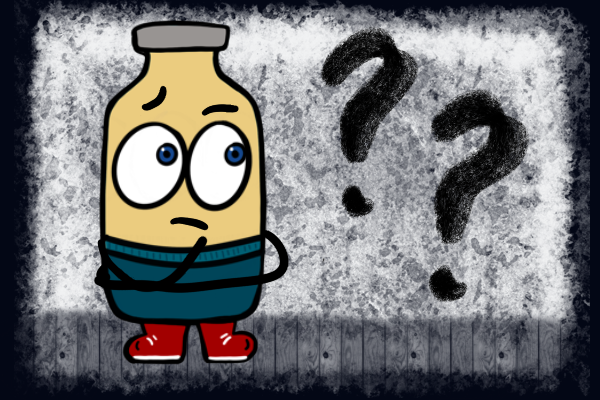Diabetes is a condition where there is too much sugar in your blood. This can happen when either your body stops making insulin, or if it has trouble using insulin effectively.
There are two main types: type 1 diabetes and type 2 diabetes. (There is also something called “prediabetes” which we’ll mention at the end.)
Here is a simple explanation of the two main types of diabetes.
Type 1 Diabetes
In type 1 diabetes, your body can no longer make something very important: insulin. Insulin is made by an organ called the pancreas. People with type 1 diabetes have to get insulin by injection. Unfortunately, you can’t take insulin as a pill because your stomach acid would destroy it.
Common Signs of Type 1 Diabetes
- Urinating frequently, even at night (polyuria)
- Feeling thirsty all the time (polydipsia)
- Losing weight without trying
- Fatigue
Type 2 Diabetes
With type 2 diabetes, your body still can make some insulin. However, it either doesn’t make enough insulin, or it can’t use the insulin very well. People with type 2 diabetes can often take pills to help their pancreas make more insulin, or to use insulin better. Also, lifestyle changes such as eating healthy and getting more exercise can be used to manage their diabetes.
If you have type 1 diabetes, eating healthy and getting exercise is still important, however you will always need insulin injections.
What Does Insulin Do?
So we’ve been talking a lot about insulin already. But what does it do?
Insulin’s main job is to allow sugar from the food you eat to be used for energy. Without enough insulin, all that sugar kind of gets trapped in your blood, unable to be used for energy. As more and more sugar gets trapped in your blood, your body tries to get rid of it. Do you know how it does that? It pees the sugar out!
Interesting fact: Diabetes mellitus means a “sweet passing-through” referring to the sweetness or sugar that was found in the urine of someone with diabetes.
This is why when someone is first diagnosed with diabetes, they often notice they have been peeing a lot more and have been much thirstier than usual.
Another Energy Source: Fats and Ketones
Since your body can’t use sugar without insulin, it starts using fats for energy. When fats are used, this process creates a by-product called ketones. Having a lot of ketones in your body can cause stomach aches, nausea, and vomiting. If ketone levels continue to rise, they can lead to diabetic ketoacidosis (commonly known as DKA) which can be life-threatening.
In order to stop ketones from being made and reverse the DKA process, insulin must be given.
Once insulin treatment begins, your blood sugar levels begin to lower and ketones disappear. As your blood sugars lower, you won’t feel the need to drink as much water or go to the bathroom to pee as much, either.
Prediabetes
Prediabetes is the period of time that occurs before developing diabetes. It’s more common in people who will have type 2 diabetes. Prediabetes is often seen in people who are overweight, have a family history of type 2 diabetes, and who have had episodes of elevated blood sugars.
People with prediabetes can often delay or even prevent the onset of type 2 diabetes with weight loss, exercise, and eating a healthy diet. (This does not work for type 1 diabetes).
Did you know that type 1 diabetes can be detected early with antibody testing? This is usually detected in individuals who have a first degree relative (parent or sibling) of someone with type 1 diabetes. There are blood tests available that can identify if someone has the antibodies present that cause type 1 diabetes.
What’s Next?
And your first lesson is complete! Way to go! We’ve covered a basic overview of the types of diabetes. But, do you know why someone gets type 1 diabetes in the first place? Is there something that could have been done to prevent it? Find out more as we take a closer look at type 1 diabetes.
